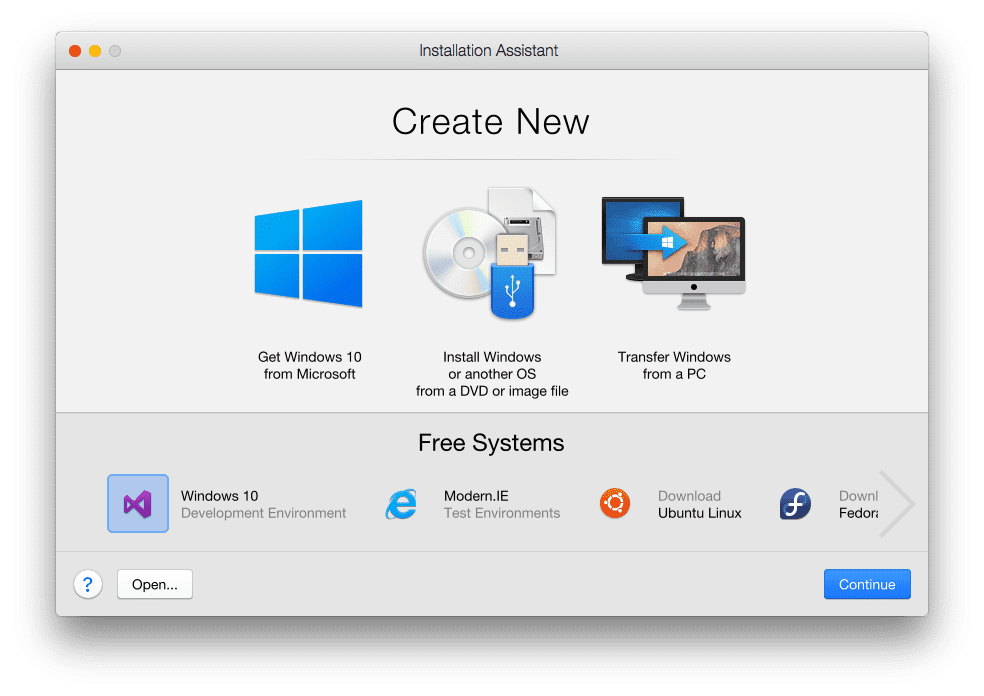
Now copy the newly extracted \ config.xml file to the root of your new Crucible instance directory.Open the ~/.profile file for the current user in a text editor and insert: FISHEYE_INST="path/to/" Open the /etc/environment file in a text editor and insert : FISHEYE_INST="path/to/" Mac Tell Crucible where you created the instance directory by adding a FISHEYE_INST environment variable as follows: Create your Crucible instance directory.The Crucible instance directory is where your Crucible data is stored. If you expect to have a large number of users for this Crucible installation, and Crucible will be connected to an external database, consider installing Crucible on a different server from the one running the external database, for improved performance.Ħ.If you use Fisheye and Crucible together, they run as one instance, and use the same home directory – see Crucible and Fisheye.

The path to the extracted directory is referred to as the in these instructions.
#INSTALL UNIX ON MAC MACHINE INSTALL#
#INSTALL UNIX ON MAC MACHINE ZIP#
Some archive-extract programs cause errors when unzipping the Crucible zip file:


Should be a non-privileged user with read, write and execute access on the Crucible home (install) directory and instance (data) directory.Create a dedicated Crucible user (recommended)įor production installations, we recommend that you create a new user account on your operating system that is dedicated to running Crucible. If you already have Fisheye installed, you should read Upgrading from Fisheye to Crucible instead.īetter check the Supported platforms page first it lists the application servers, databases, operating systems, web browsers and JDKs that we have tested Crucible with, and that we recommend.Ītlassian only officially supports Crucible running on x86 hardware and 64-bit derivatives of x86 hardware. There are a few steps involved, but we think you'll find it easy to follow along. Hey! We're going to install Crucible on a Linux box, or a Mac.


 0 kommentar(er)
0 kommentar(er)
